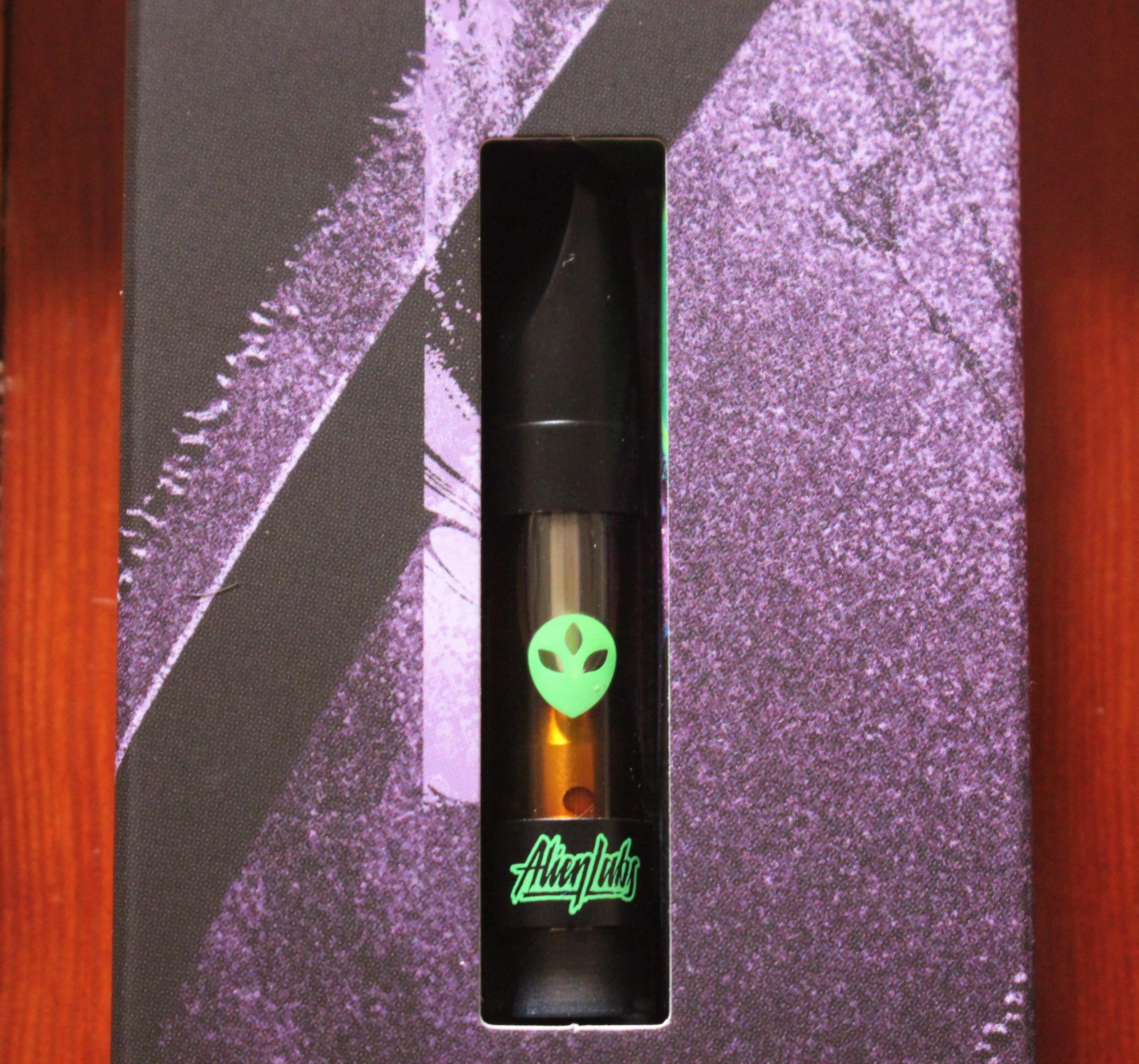Sometimes it seems as though everything is out to thwart your desire to have that beautiful, healthy, green carpet of lawn. Despite your efforts it is still patchy, brown and attacked by alien lab disposable. But don’t give up. It may not be too late.
Most gardeners don’t mind the odd weed as long as the lawn still looks pretty good. However remember that the odd weed in spring could be a large infestation by midsummer if you don’t deal with it. If you mow the lawn once a week you will remove most of the flower stems before they can set seeds. However, many of the lawn weeds grow flat and do not produce flowers on long stems, so these will still flower and set seeds no matter how often you mow. Other methods are needed to treat these weeds. Remember, the earlier you attack the weeds the better as “One year’s seeding makes for seven years weeding!”
The best way to keep your lawn looking great is to keep the grass plants healthy, and then they are less likely to let weeds and pests take over. So first of all take care of the basic needs of your lawn.
If a lot of weeds pop up it could mean that your grass is weaker than it should be. If your lawn is too dry, start with a thorough watering – to a depth of 200mm is recommended. Deep watering done less often is better for your lawn grass than if you water a little and often. It helps it to develop a strong, deep root system that makes the plants stronger and less susceptible to drought. Or alternatively, if you have a persistent problem with a waterlogged lawn you may need to consider laying drainage for which you should consult a professional. Feeding your lawn with the appropriate nutrients will also make the grass stronger.
In spite of trying to make your grass plants as healthy as possible, you are still sure to get some weeds growing in it. Weeding is an ongoing process, but shouldn’t take much time once you establish a healthy lawn. Grass, and especially the modern mixtures, is very competitive and crowds out most weeds. In a healthy lawn weeds aren’t usually much to worry about. Simply pull up any weeds that show up. As you see weeds appearing, dig them up and you’ll keep your lawn weedless with a minimum of effort. Practically speaking though, you will only do this if you have only a few weeds to remove. Constant vigilance is the key to success with this type of weed control.
If your weed problem is larger, spray individual weeds with a low-toxicity herbicide. Don’t spray the entire lawn unless you have weeds throughout it. You will damage, and could kill dry, dormant or stressed grass if you apply a lawn weeder over the whole lawn. Lawn weedkillers are powerful chemicals and you should always follow the manufacturers instructions for preparation, using, storing and disposing of them. Never use more than directed or ‘add a bit more just in case’. You should also identify the sort of grass you have as some types can be damaged by MCPA and dicamba, which are the active ingredients in many weedkillers. Be careful not to allow pets or children near the lawn if you’ve recently sprayed it.
The best way to minimise the amount of chemicals you use is to spot-treat weeds. Use a pump-action sprayer and walk backwards, up and down the length of the lawn spraying a shot of chemical onto each weed. Hold the nozzle as close as you can to the weed and release with a low pressure to minimise spray drift. It does take longer to do this way but it is more thorough and better for the environment. If you tip a bottle of red food colouring or add some wetting agent into the mix, it is easier to see where you have already sprayed.
After a couple of weeks you’ll be seeing results. If there are still a few weeds you’ve missed, dig them out or do the spot treatment again. Remember if you can kill the weeds before they flower and seed, you’re a long way towards having a much smaller problem next spring.
Occasionally you may find a nasty, particularly virulent weed takes over your lawn in which case you need to find out the specific treatment for it from your local garden centre. An example of this is Soliva, also known as lawn burweed, spurweed, bindii, or onehunga weed. It is low growing, has feathery leaves and produces seeds with a short spine on them, which stick into bare feet when you walk on the plants, a particularly unpleasant experience. Although it is only an annual weed it seeds profusely, and its method of spreading by sticking to feet is extremely successful. It requires a targeted weed killer to be applied at a particular time of the year to be effective against it.
‘Weed and Feed’ products are not generally recommended. For instance, the best time for spraying weeds is not generally the best time for fertilizing your lawn. Also it is unwise to spray unnecessary herbicide over your whole lawn when only a small patch may be infected with weeds. One concern with the hose-on products is spray drifting onto surrounding shrubs. It’s hard to apply these products just to the lawn. Applying fertilizer, herbicide and pesticide where and when it is needed is a better lawn care strategy.


